The oldest early modern human fossil discovered in Britain, from Homo Sapiens, is a jawbone, dated at around 41,000 years old and comes from Kents Cavern. You can see the fossil in Torquay Museum.
There are only two caves in the World where three or more different species of humans are found, and only one is a showcave, a cave open to the general public, and that is Kents Cavern.
Homo antecessor (pioneer man), has not been linked to Kents Cavern, yet, but the other three have, Homo heidelbergensis, Neanderthals and Homo sapiens. These three species give Kents Cavern a unique, internationally recognised, link to humankind going back over half a million years, making it by far one of the most important prehistoric caves in Europe.
The other cave to have more than two species of distinctly different humans is
Denisova Cave in Siberia, Russia but this cave is not open to the public. Denisova Cave is revealing some very interesting facts about how Neanderthals and early modern humans may have coexisted. The timings are right for Neanderthals and early modern humans to have lived together in Kents Cavern and this is what keeps scientific research and interest in Kents Cavern alive today.
Evolution of Humanity
The earliest evidence of humans in Kents Cavern can be traced back to half a million years ago. Flint hand axes and other tools which have been uncovered in the cave revealed our earliest ancestors. During the colder periods humans would be able to walk between continents, via a land bridge called Doggerland. They populated Europe and moved into Britain.
During warmer stages the land was far more habitable as plants and animals were more abundant. Humans were often camping outside of the cave entrance, making tools out of flint and using the nearby rivers as a water source. Their bones were washed into the cave during the shift between cold and warm periods and sediment debris flows went into the cave carrying tools and bones with it.


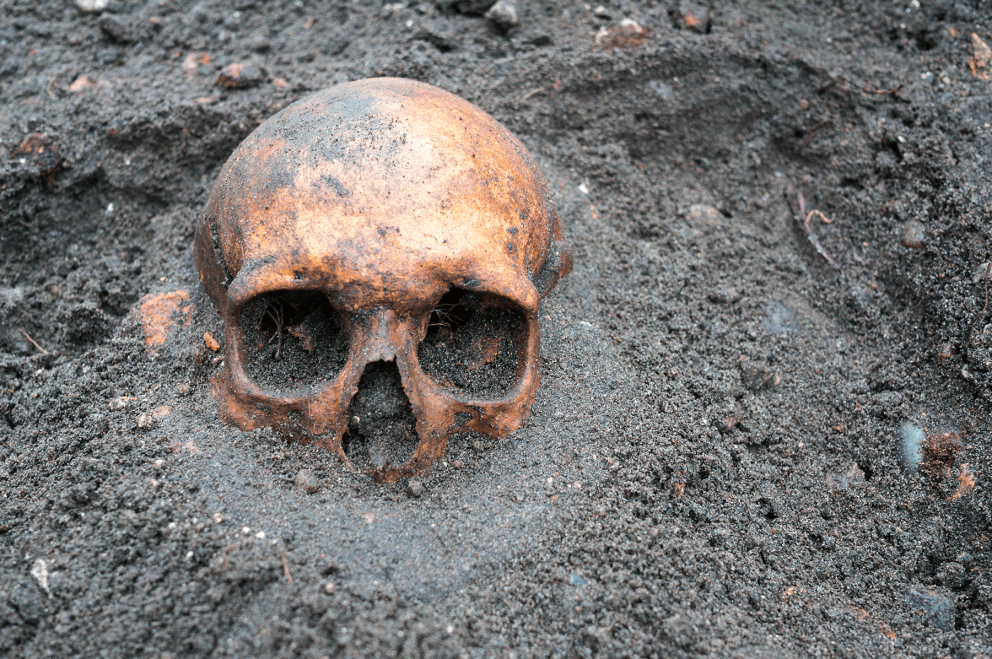
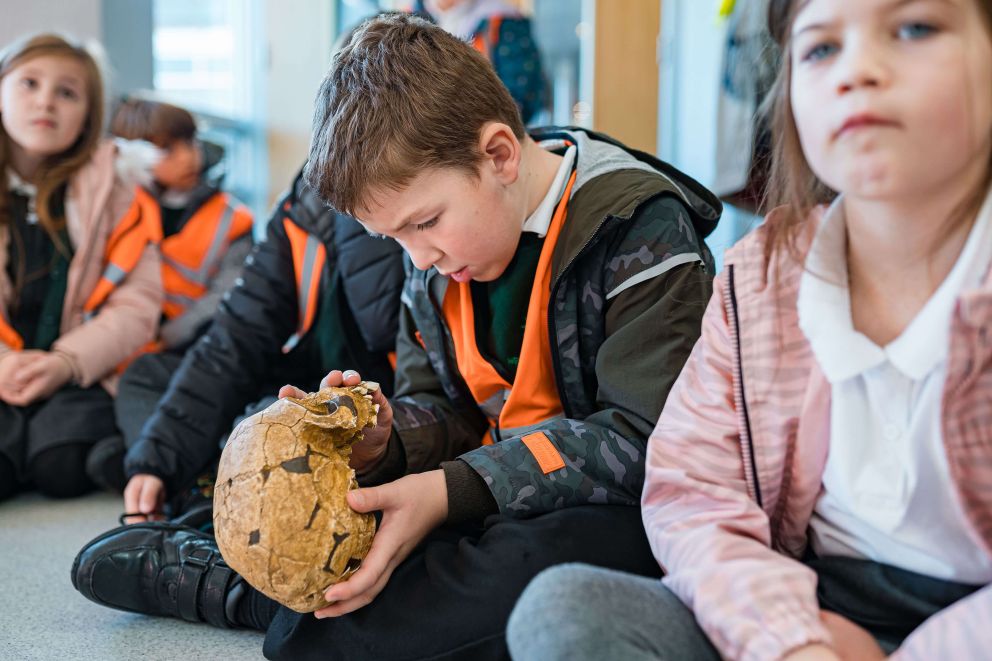
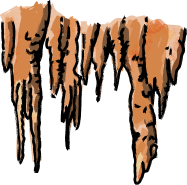
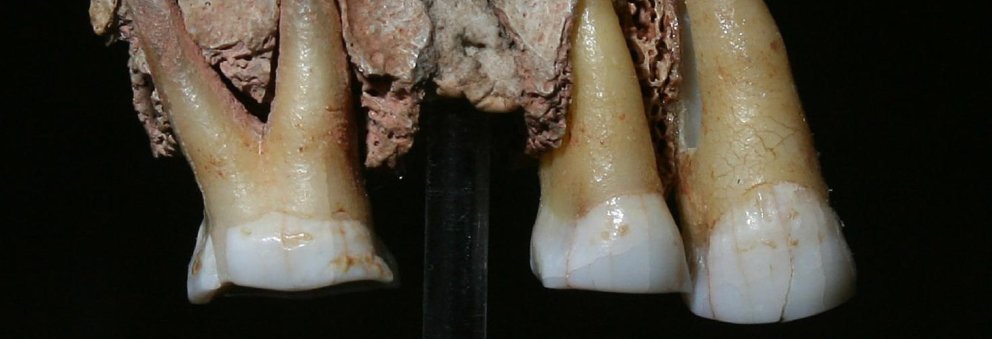



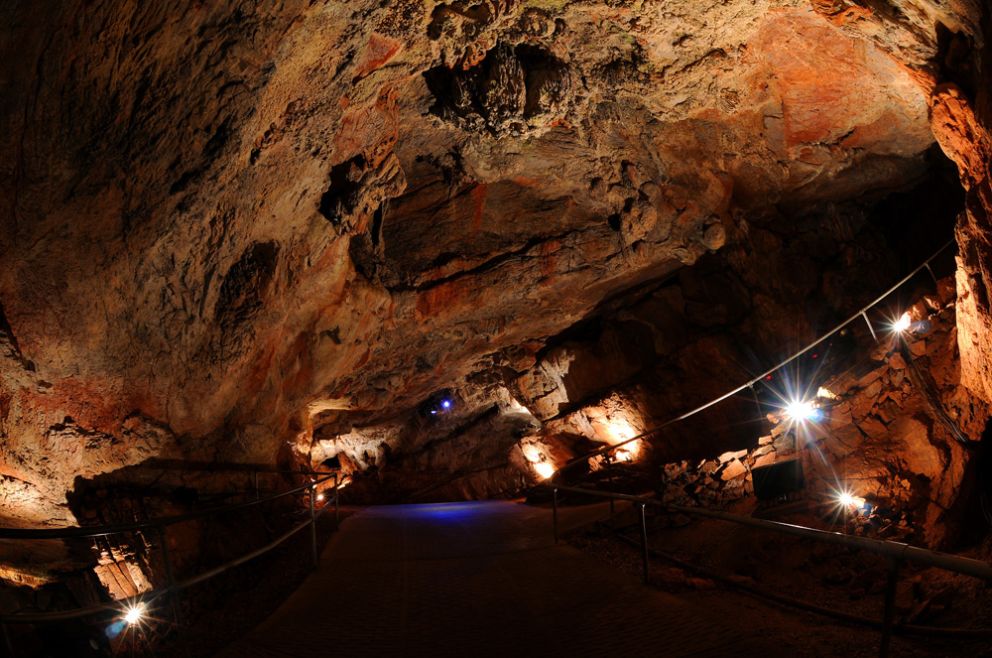

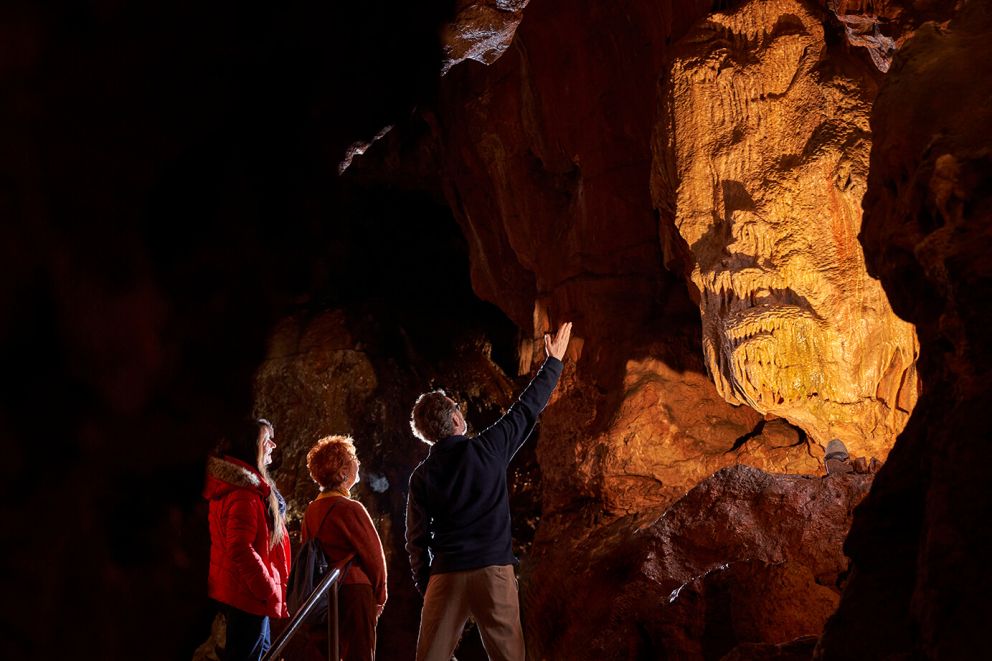
 picked.cave.lively
picked.cave.lively